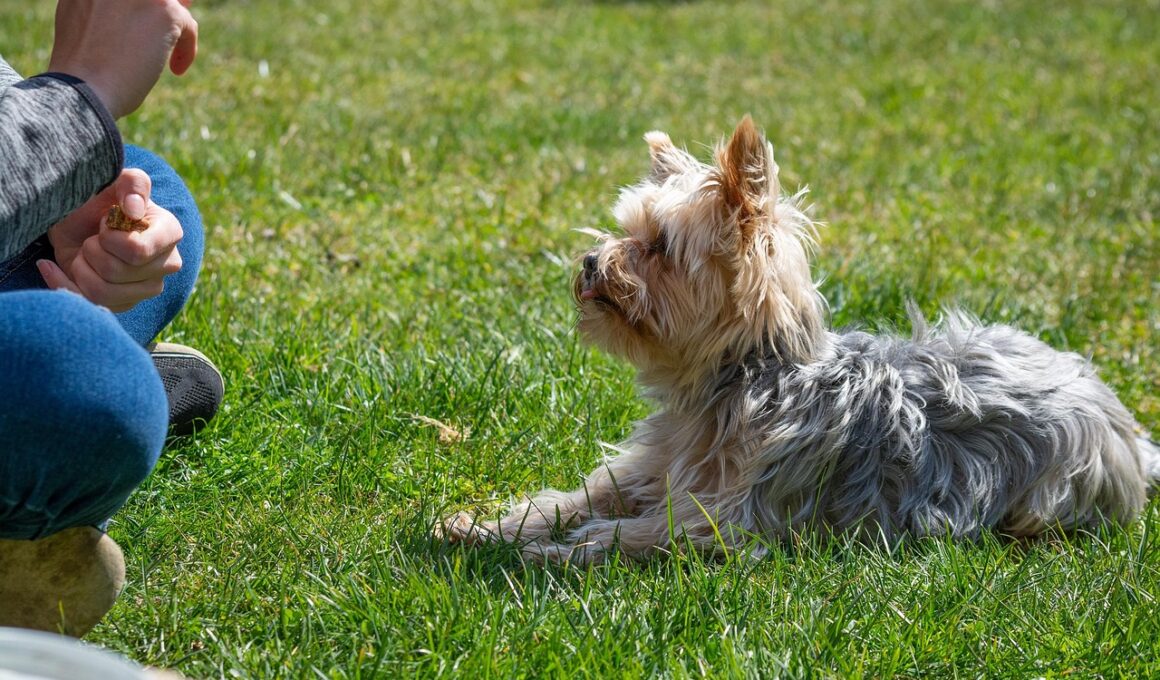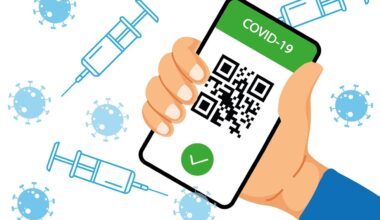Incorporating Interactive Toys into Obedience Training Programs
Interactive toys can significantly enhance the experience of obedience training for both dogs and their owners. These toys serve a dual purpose: they engage your dog’s attention while teaching them crucial commands and behaviors. To effectively incorporate these toys, start by choosing ones that are durable and suitable for your dog’s size and breed. Look for toys that require mental and physical engagement, such as treat-dispensing puzzles or fetch toys. These can promote learning through positive reinforcement by rewarding your dog during training sessions. Additionally, establish clear boundaries and rules when introducing these tools into your training program. Use interactive toys alongside traditional training methods such as leash walking, sit-stay commands, and recall exercises. It’s essential to maintain the dog’s focus and enthusiasm. By consistently associating these toys with positive results, your dog will become more motivated to learn. Incorporating interactive toys can transform mundane training into an enjoyable and stimulating experience. Moreover, it encourages healthy play, strengthening the bond between you and your dog over time. Overall, this integration offers a refreshing approach to obedience training that both you and your pet can appreciate.
Benefits of Using Interactive Toys
There are numerous benefits to incorporating interactive toys into obedience training programs. One of the primary advantages is that they can increase a dog’s cognitive function through engaging mental challenges. By solving puzzles, your dog learns to think critically and becomes more adept at following commands. This mental stimulation effectively keeps your dog focused during training sessions, reducing distractions from the environment. Interactive toys also help to alleviate boredom, which can lead to destructive behavior in dogs. Furthermore, by rewarding your dog with treats from these toys, you reinforce good behavior while simultaneously providing entertainment. This combination plays a critical role in building a dog’s self-esteem and creates positive associations with training. In addition, interactive toys can help your dog release pent-up energy, making them calmer and more willing to train. When dogs are mentally stimulated, they tend to exhibit improved behavior overall. It’s beneficial to rotate different toys regularly to maintain interest and keep the training sessions fresh. Be mindful of your dog’s preferences to make the best selection. Such engagement not only enriches your dog’s life but also aids in achieving desired training outcomes.
When introducing interactive toys into obedience training, timing and method are critical. Start introducing these toys gradually after establishing a strong foundation in basic commands. Choose a toy that captures your dog’s interest; it could be a squeaky toy or a ball that dispenses treats. After ensuring your dog is comfortable with the toy, incorporate it into training sessions, pairing it with verbal commands and hand signals. For example, instruct your dog to sit before allowing them access to the toy. This practice helps them associate obedience with a reward, thus reinforcing good behavior. Ensure that the interactive toy is used as a reward after your dog successfully follows commands. Additionally, use toys to make training sessions fun and engaging rather than a chore. Keep training sessions short but effective; dogs thrive on routines. Evaluate your dog’s responses to the toy carefully to tweak their engagement. If they lose interest, try switching to a different toy or modifying the training approach. The versatility of various interactive toys allows for customization based on individual preferences. Remember to celebrate their successes with positive reinforcement. This builds enthusiasm and keeps your dog eager to learn more during your next session.
Combining Toys with Traditional Commands
Combining interactive toys with traditional commands enhances the effectiveness of discipline and obedience training. When used correctly, these toys serve as multi-functional tools, enabling obedience techniques to be more appealing to dogs. Start by employing basic commands like “sit,” “stay,” and “down” paired with the active use of toys. For instance, hold a treat-dispensing toy while telling your dog to perform the desired command. Give them access to the toy as a reward after they successfully obey. Gradually, introduce more complex commands and positively reinforce their behavior with toy play. This combination offers diverse training methods, resulting in more engaged and focused training sessions. It’s crucial to maintain consistency and patience. Practice frequent short sessions rather than lengthier, tiring ones. As dogs grow more confident with commands, integrate playtime with toys as rewards for successful completions of tasks. Switching between toys and commands keeps sessions lively and prevents monotony. It also encourages dogs to become more inquisitive. Always gauge your dog’s comfort with every new command introduced. Maintain a balance between graduated challenges and interactive playtime to solidify their understanding. This method streamlines the process of learning while enhancing the training experience.
To effectively maximize the benefits of interactive toys in training, maintain a structured schedule for sessions. Establish a routine that incorporates a balance of play and practice to keep your dog engaged. Consider dedicating specific days for training and toy time separately; this can create anticipation and excitement in your dog. Ensure that the environment during training remains distraction-free. Choose a setting where your dog can focus on you and the commands, limiting interference from surroundings. Utilize obedience cues consistently while integrating toy play within the training framework. Consider incorporating toys that promote different types of training, such as agility or scent work. Doing so adds diversity to the sessions and challenges your dog mentally and physically. Gradually increase the complexity of tasks associated with the toys as your dog grows more accustomed to the commands. It is essential to monitor your dog’s response and adjust based on their engagement level. If hesitance occurs, reassess the difficulty of tasks to ensure that learning remains enjoyable and engaging. Balancing rigorous practice with sufficient playtime brackets an effective training regime and reinforces your dog’s enthusiasm throughout their training experience.
Monitoring Progress and Adaptations
Monitoring your dog’s progress during training sessions involving interactive toys is vital for long-term success. Make sure to keep track of the commands mastered and the toys that prove to be favorites. Maintain a diary or chart to log your dog’s behaviors and responses towards the different commands and toys. This will not only help you recognize areas that require more work but also celebrate achievements. As dogs adapt to interactive toys, adjust the complexity of the toys and associated commands to encourage continuous learning and development. You might find that certain toys engage your dog better than others; experiment until you establish a balance. Additionally, keep an eye on their attention span; if your dog seems to lose interest, rotating toys can revive enthusiasm. Be mindful of your dog’s temperament during sessions; adapt your approach accordingly. Incorporate play elements that maintain motivation, such as high-energy sequences interspersed with calm commands. Setting short-term goals keeps you focused and allows for celebrating little victories. Tracking these moments provides invaluable insights into your dog’s growth throughout their training process. A personalized approach ensures that your unique dog remains stimulated and engaged.
Ultimately, incorporating interactive toys into obedience training encourages a healthy play-training balance that fosters mutual respect and understanding between you and your pet. Remember that the primary goal of training is not just to manage behavior; it is to build a loving relationship with your dog. Each training session forms a bond created from learning, patience, and positive reinforcement. To facilitate connection through interactive play, choose toys that challenge your dog while reinforcing learned behavior. The path to effective training involves both behavioral techniques and enhancing interaction through toys that bring joy to both trainer and dog. Recognize that while consistency is critical, flexibility is equally crucial. Track their progress regularly, remaining adaptive in strategies as your dog learns and grows. Celebrate the little wins, and adjust expectations accordingly, considering your dog’s unique personality and skills. Thoughtful integration of interactive toys will not only entertain your dog but will also enrich their obedience training experience. This multifaceted approach invites excitement into training sessions and strengthens your overall training program, ensuring your dog feels motivated and engaged every step of the way.
In conclusion, the use of interactive toys in obedience training creates new dimensions in the learning experience for dogs. The combination of traditional command training with engaging play fundamentally enriches your dog’s training journey. By understanding your dog’s preferences and modifying approaches accordingly, you can effectively harness their energy and enthusiasm. Observing your dog’s responses allows you to create adaptive strategies that maintain their excitement level up throughout the learning process. This enhances discipline while making commands enjoyable. In essence, interactive toys can transform obedience training from a mundane routine into a dynamic bonding activity. Invest time into selecting the best tools and methods, and you will cultivate a significant improvement in your dog’s behavior and attentiveness. Remember that every dog learns differently; patience, consistency, and adaptability are key components in this journey. As you experiment with incorporating toys into training, your dogs will reciprocate by showcasing improved learning and engagement. The beauty lies in the active participation and joyful interaction you establish together. Ultimately, these experiences help foster a lasting bond and a well-behaved companion that embraces both training and play.


